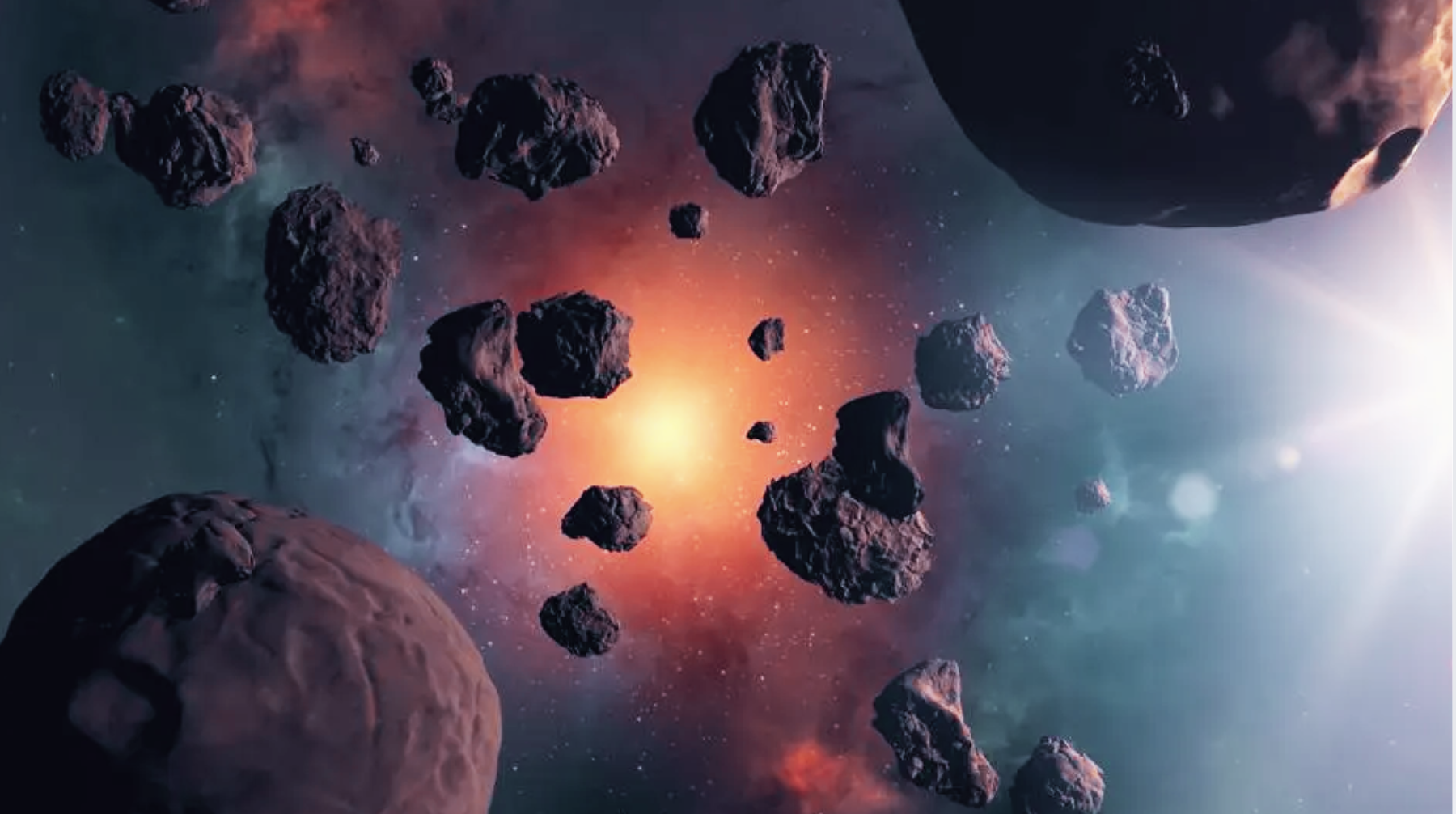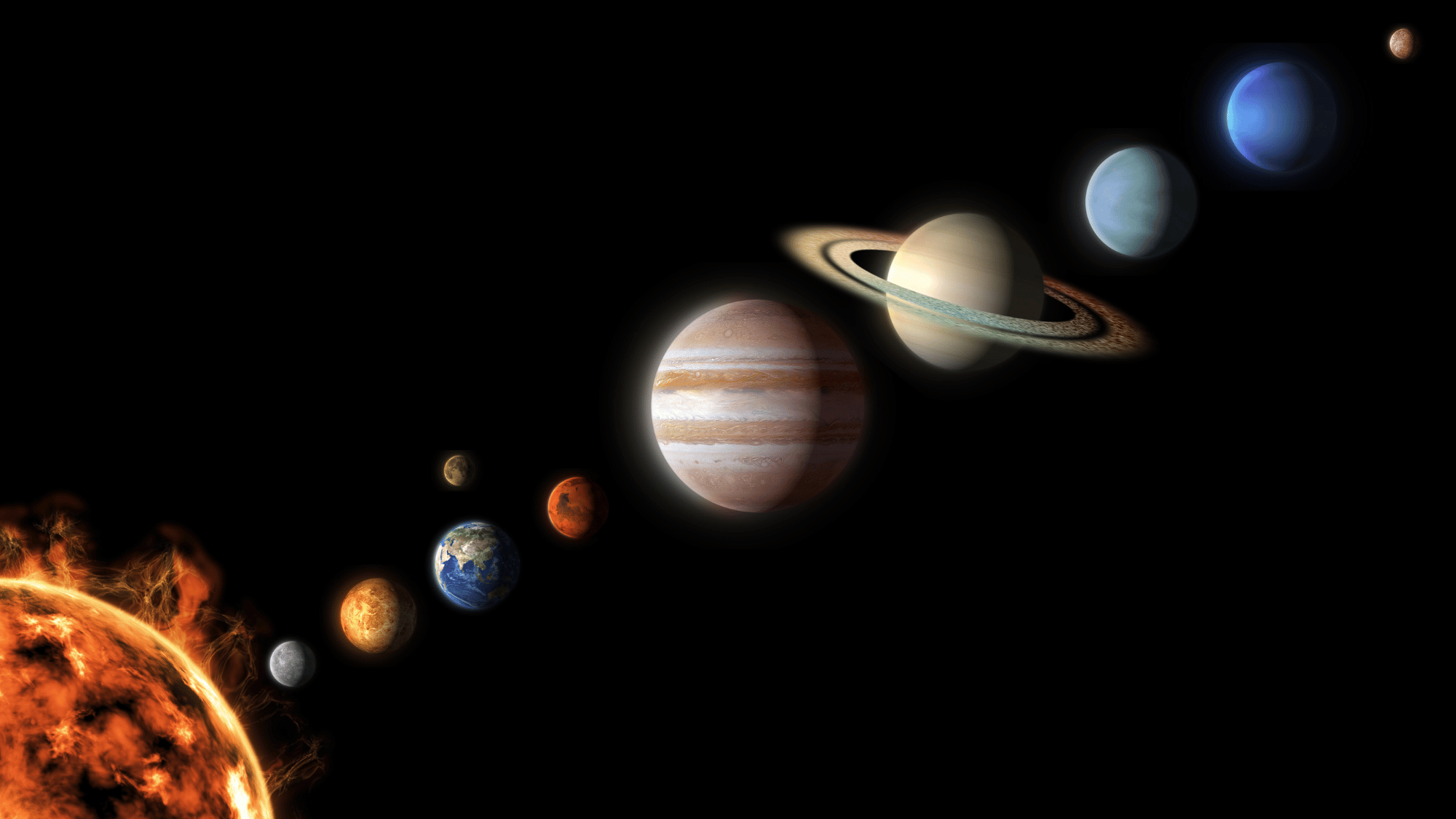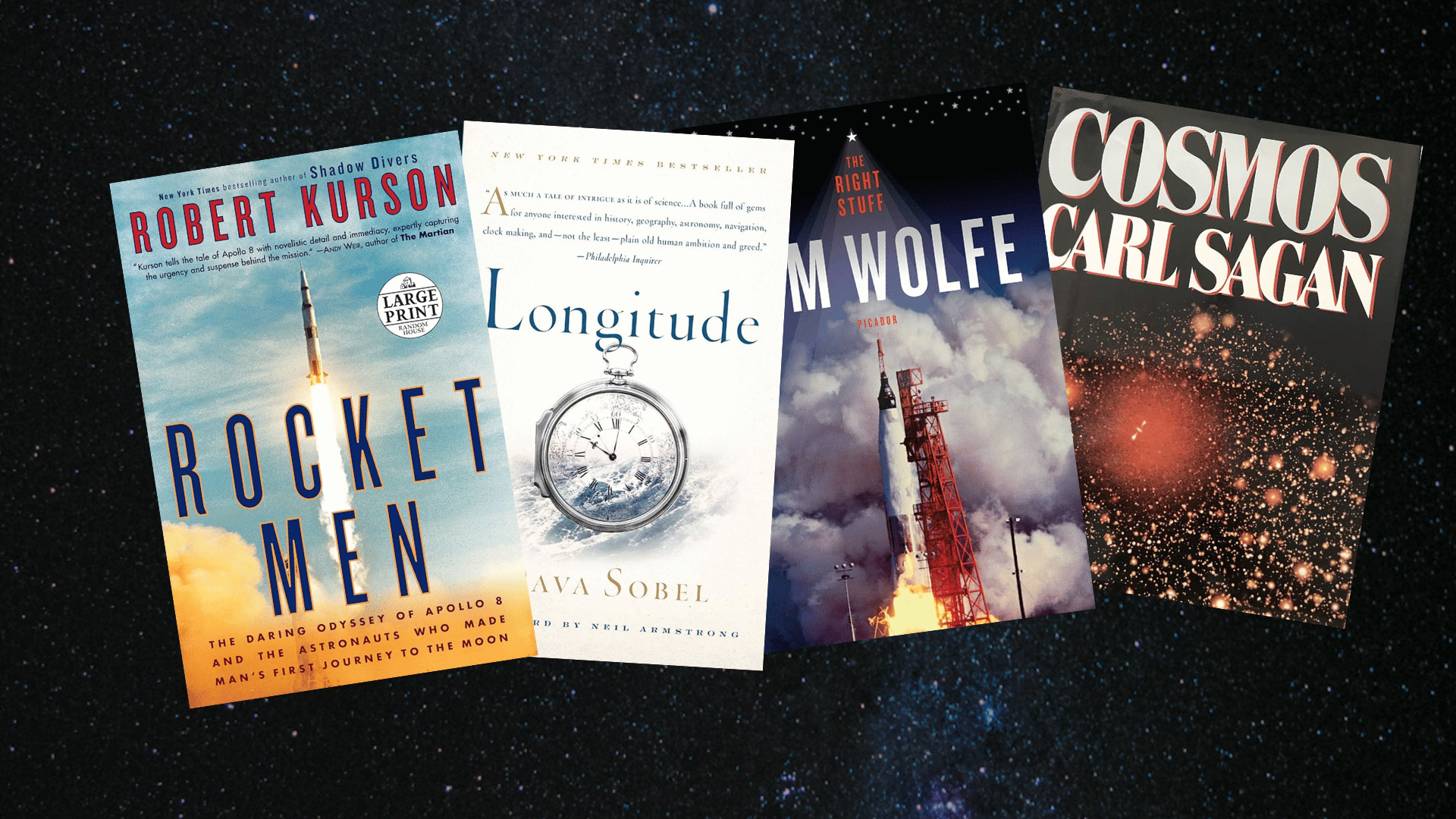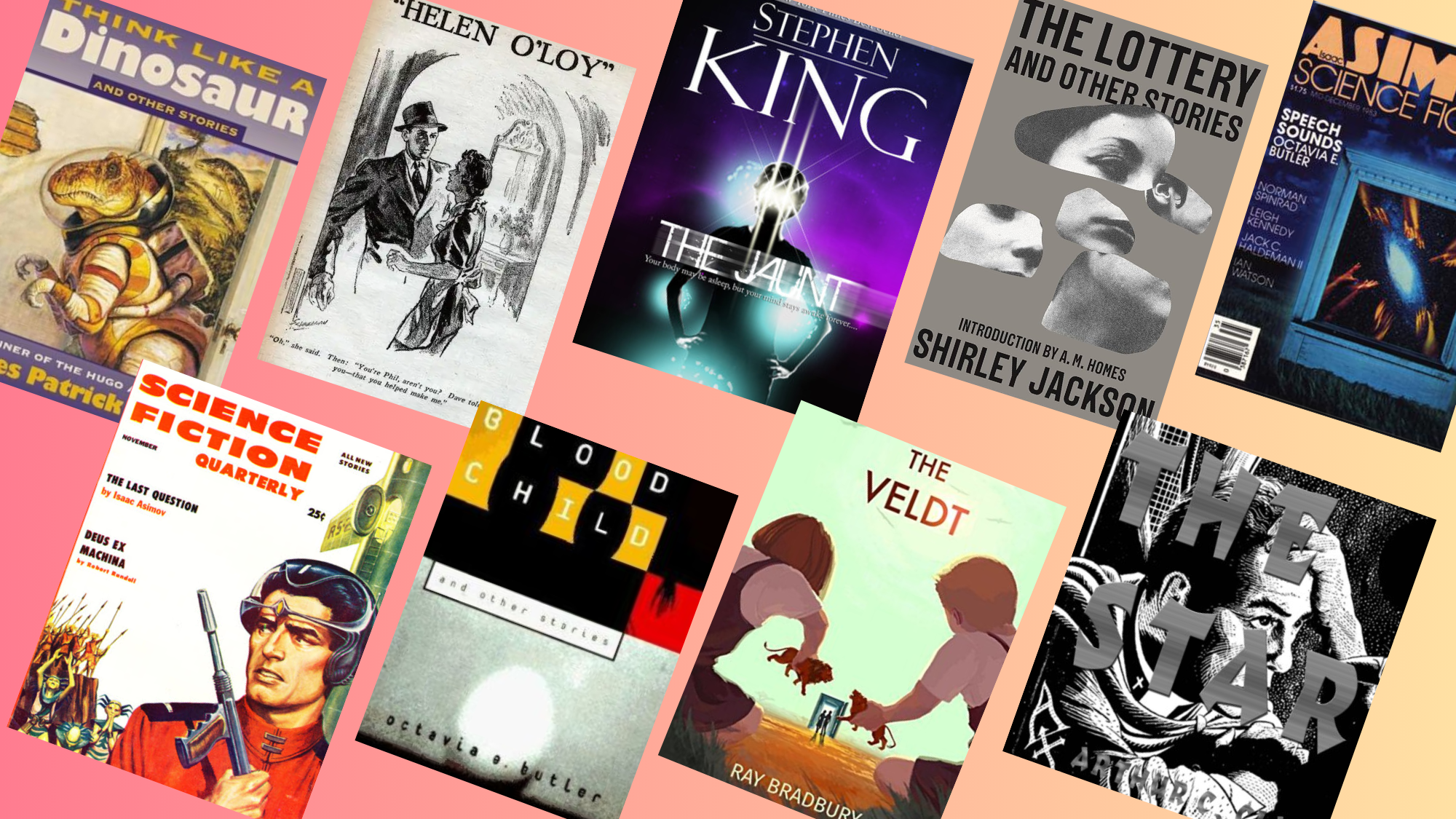Asteroids are among the many fascinating objects that travel through space. They have captured the interest of scientists and sky watchers for many years.
These space rocks can help us learn more about how our solar system works and what it is made of.
Studying asteroids also helps people understand more about Earth and its place in the universe.
From scientific missions to telescope observations, facts about asteroids add a new piece to the puzzle of space.
Learning about them shows how even the smallest objects can play an important part in the story of our solar system.
What are Asteroids?
Asteroids are small, rocky bodies that orbit the Sun, left over from the early building blocks of our solar system.
They are not planets, but they move in regular paths called orbits and can be found in many regions of space. Most have rough, uneven surfaces marked by craters from past collisions.
Asteroids come in three main types:
- Stony asteroids (S-types) are made of rock and minerals, and they’re the most common kind.
- Metallic asteroids (M-types) contain metals like iron and nickel, making them heavy and reflective.
- Carbon-rich asteroids (C-types) are darker and often contain complex carbon compounds.
By comparing them, scientists can learn how space rocks behave over time, how they break apart, and what that means for the motion and safety of objects in our solar system.
Facts About Asteroids You Must Know
Asteroids may be small, but they hold big clues about how planets and moons came to be. From metal-filled giants to potato-shaped space rocks, these fascinating objects tell a story billions of years old.
1. Asteroids are Leftovers from the Solar System’s Creation
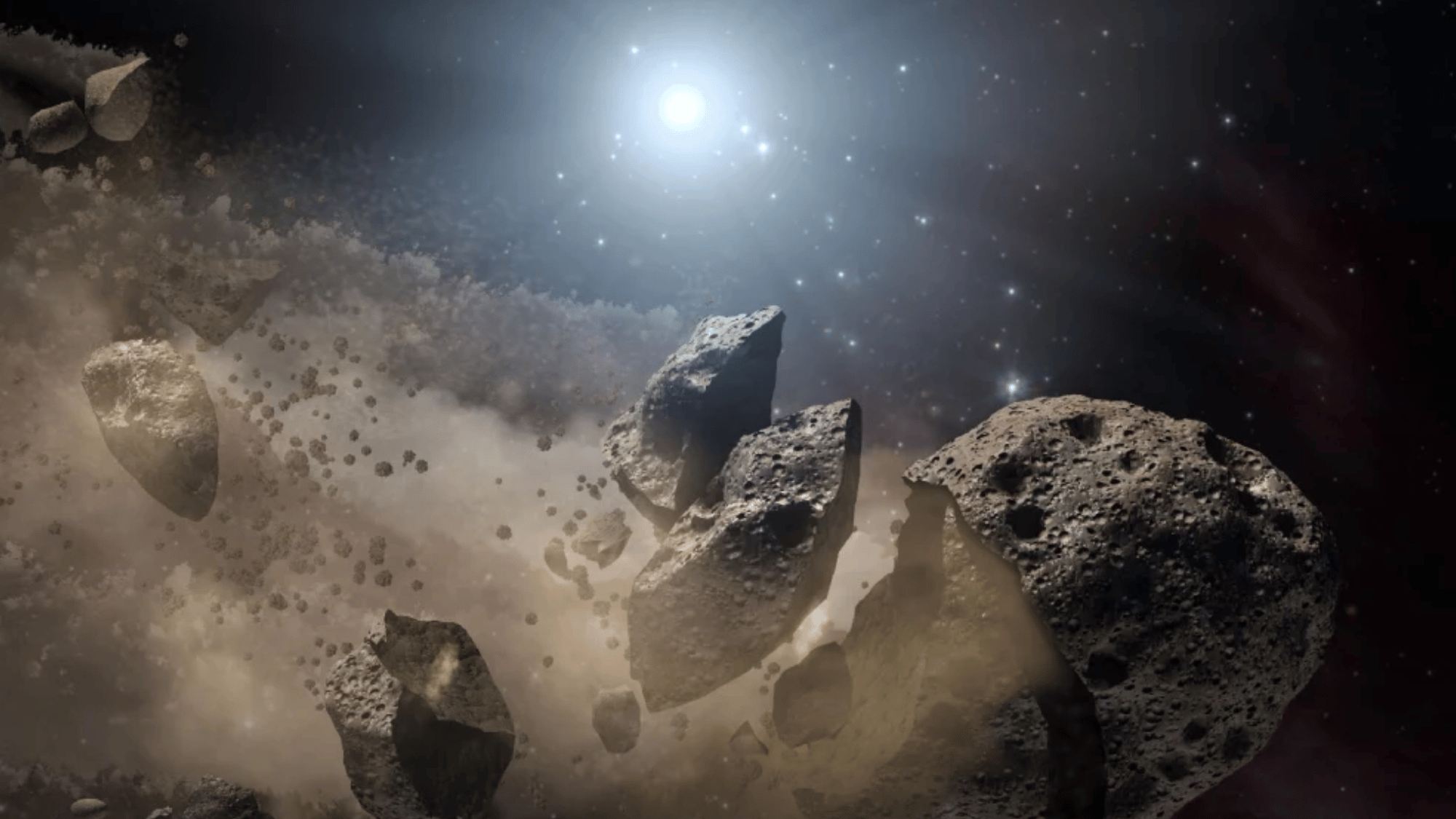
Image Source: NBC News
Over 4.5 billion years ago, the Sun and planets formed from a huge cloud of gas and dust. Some leftover pieces never joined a planet and became asteroids instead.
These space rocks are like ancient fossils, giving scientists clues about how the solar system began.
Studying them helps us understand what materials built the planets we see today.
2. Most Asteroids Live in the Asteroid Belt
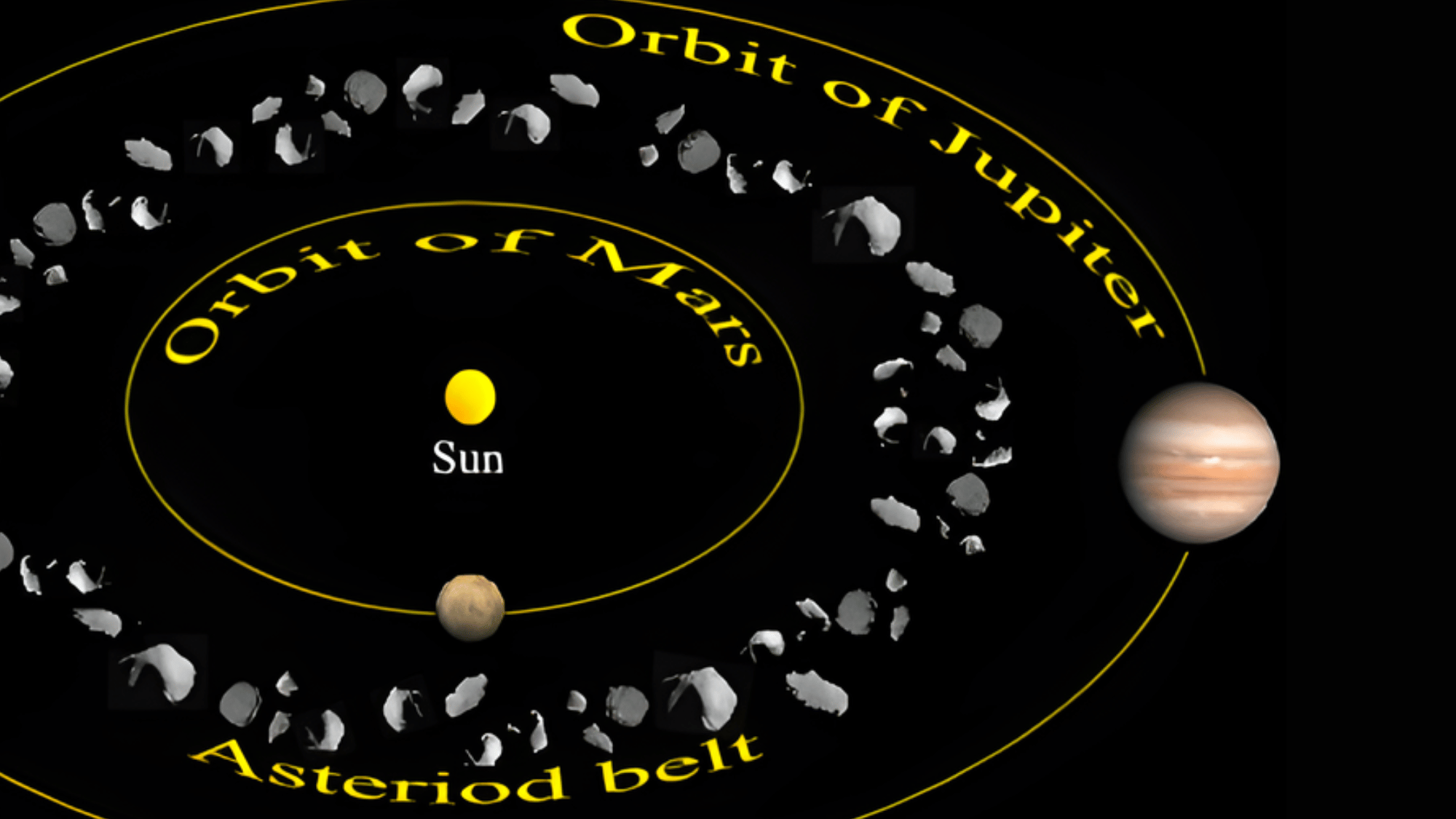
Image Source: WIKIBOOKS
Most asteroids orbit the Sun between Mars and Jupiter, in an area called the asteroid belt.
It’s filled with millions of rocky bodies, from tiny pebbles to massive worlds. Jupiter’s strong gravity stopped these rocks from forming into a planet.
So instead, they’ve stayed as asteroids for billions of years, circling the Sun like a giant ring of debris.
3. Some Asteroids Have Moons of Their Own
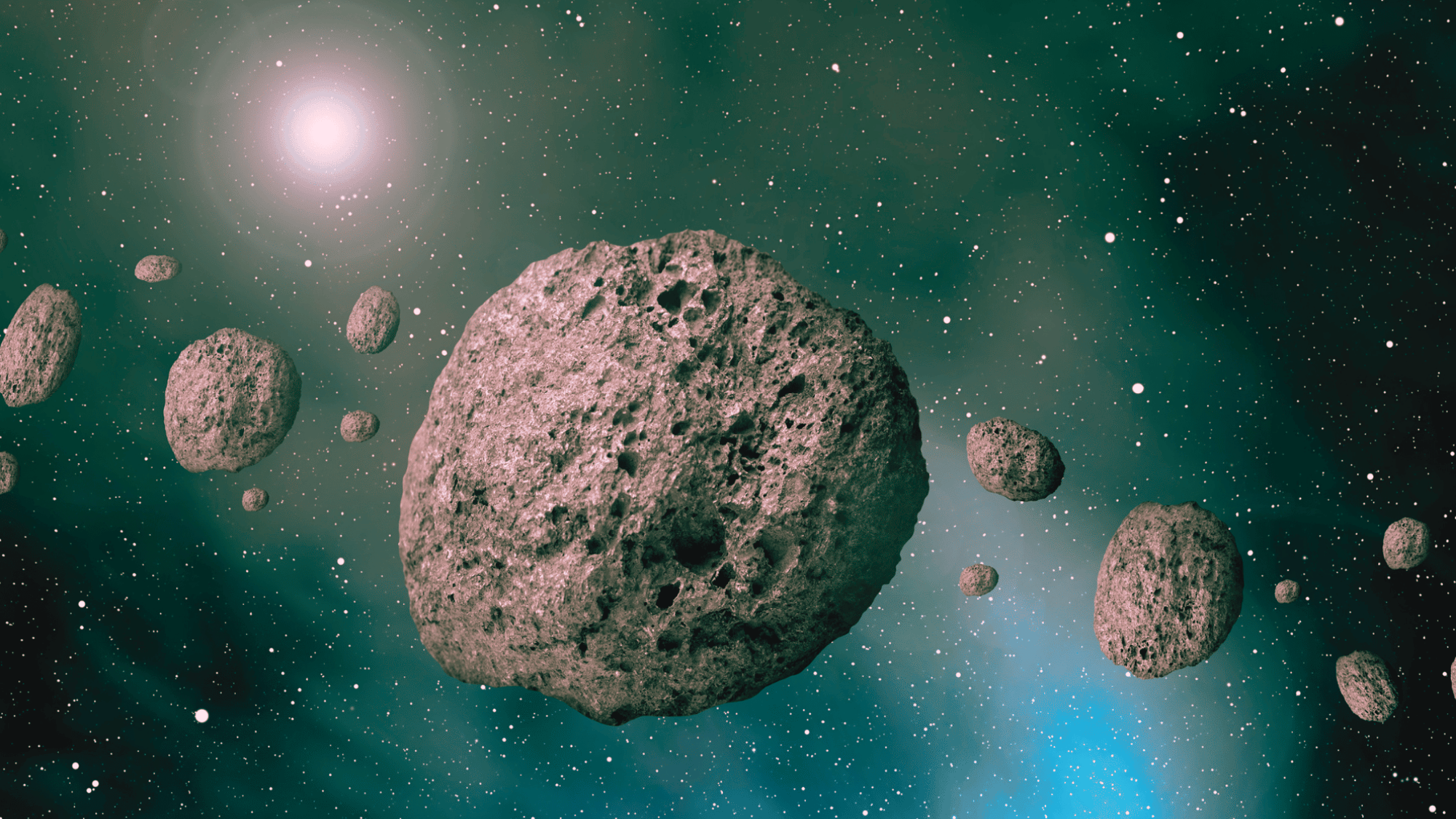
Just like planets, some asteroids have their own moons!
These mini moons form when collisions send bits of rock into orbit around the main asteroid. One famous example is the asteroid Ida, which has a small moon named Dactyl.
These discoveries show that even small worlds in space can have companions traveling beside them through the solar system.
4. Asteroids Come in Different Shapes and Sizes
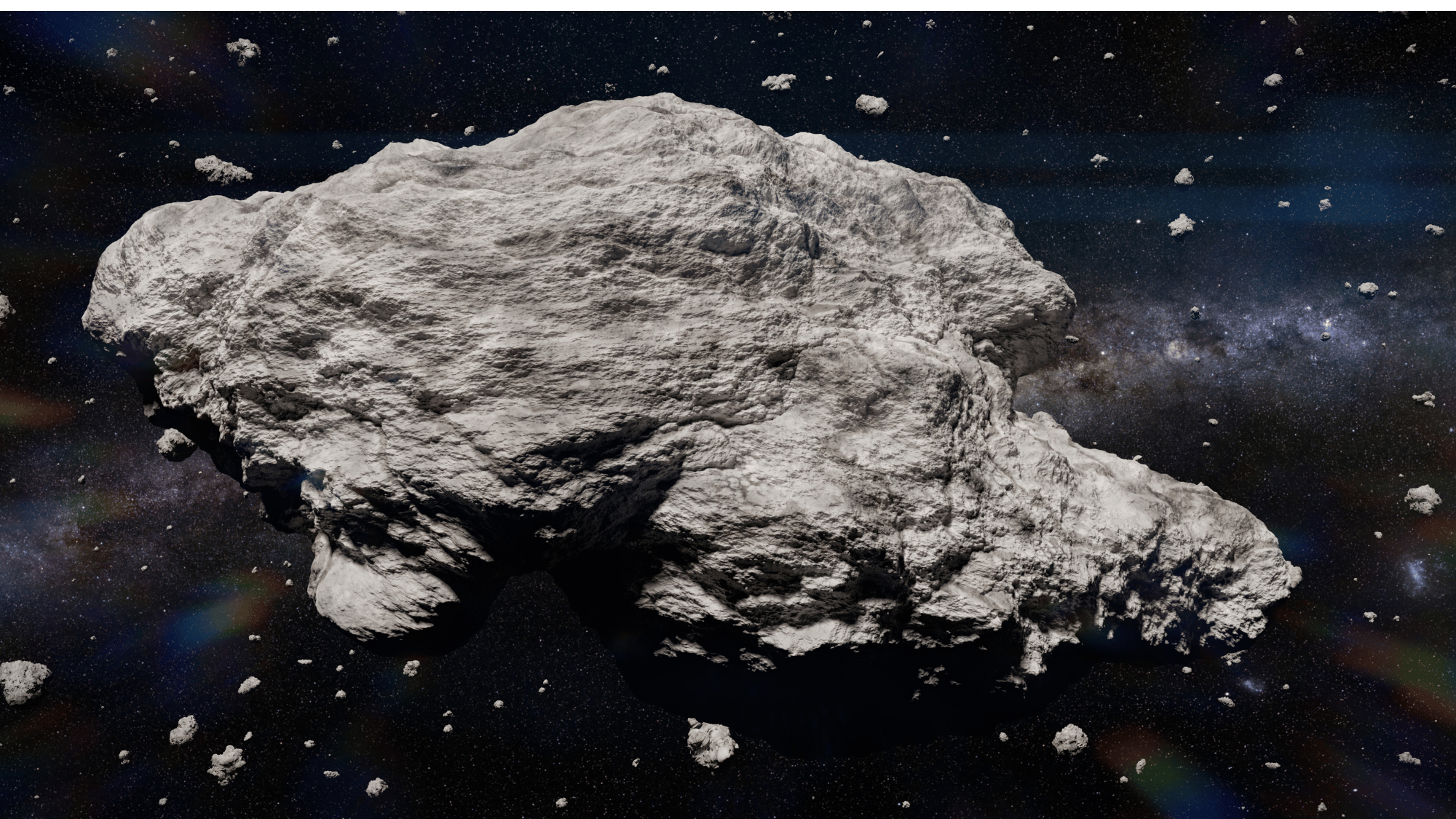
Asteroids come in all shapes and sizes. Some are small like cars, while others are hundreds of miles across.
They can be round, lumpy, or shaped like dog bones!
The biggest one, Ceres, is so large it’s called a dwarf planet. Because of weak gravity, asteroids can’t pull themselves into smooth spheres like planets do, so they stay oddly shaped.
5. Not All Asteroids Are Made of Rock
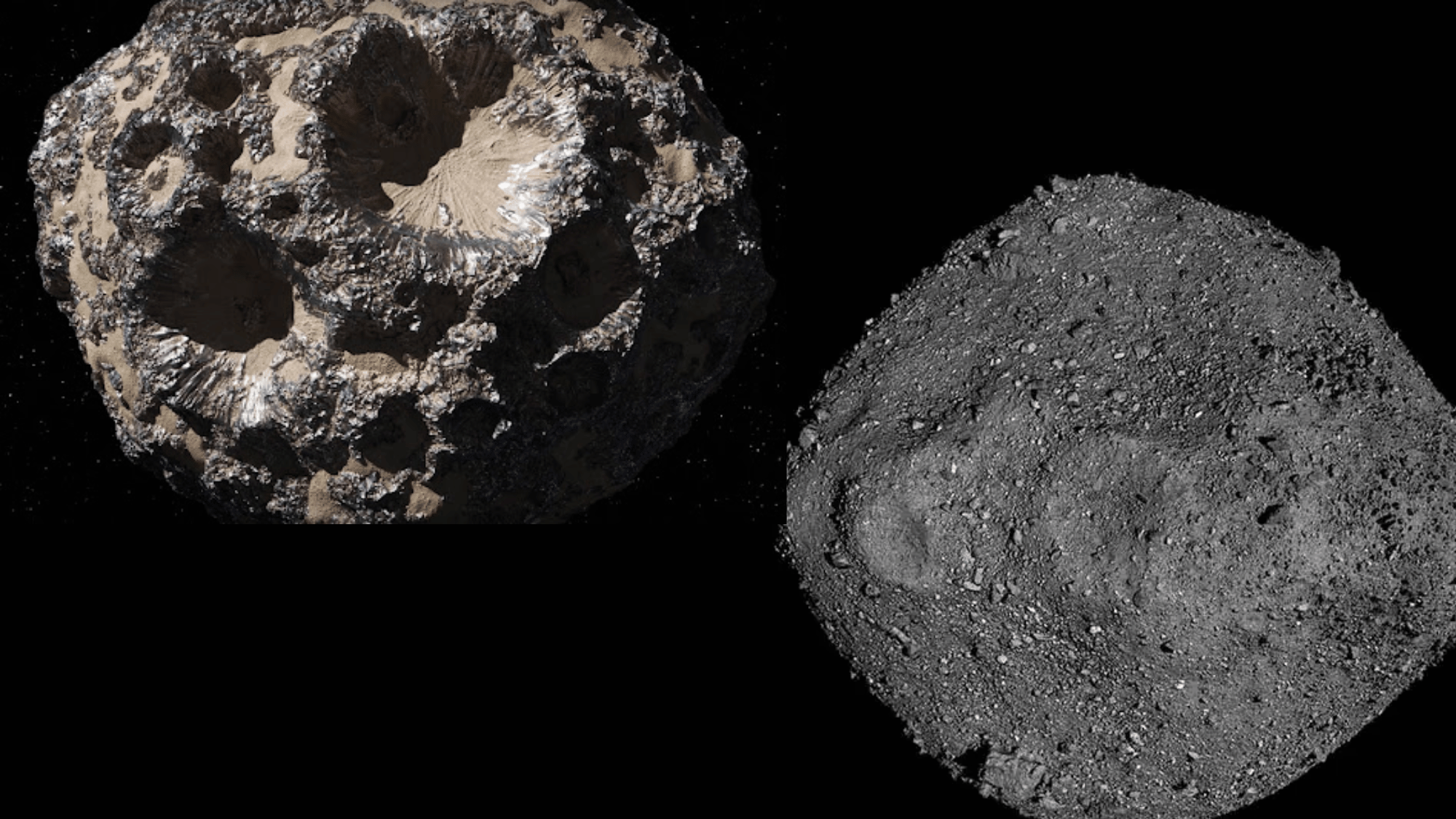
While many asteroids are rocky, others are made of metal like iron or nickel. Some even contain ice or carbon-rich materials.
These differences help scientists learn how the solar system formed.
By studying what each asteroid is made of, scientists can figure out which ones came from hot areas near the Sun and which came from colder, distant regions.
6. Asteroids Sometimes Visit Earth’s Neighborhood
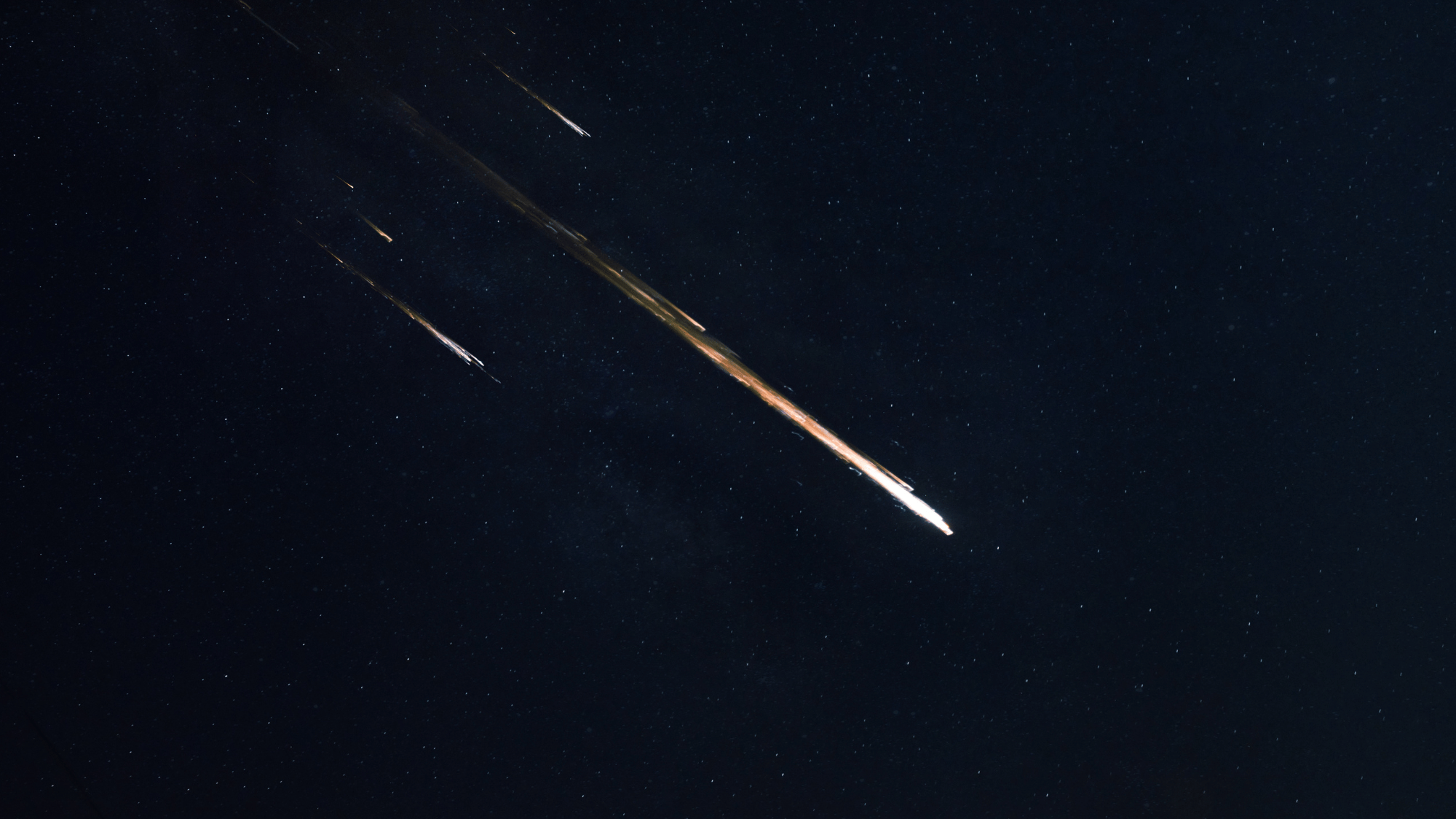
Some asteroids travel close to Earth’s orbit. These are called near-Earth asteroids.
Most pass by safely, but scientists carefully track them to make sure none are heading toward us.
NASA even has special telescopes that scan the skies every night. Keeping an eye on these wandering rocks helps protect our planet and gives us chances to study them up close.
7. Meteors Come From Asteroids
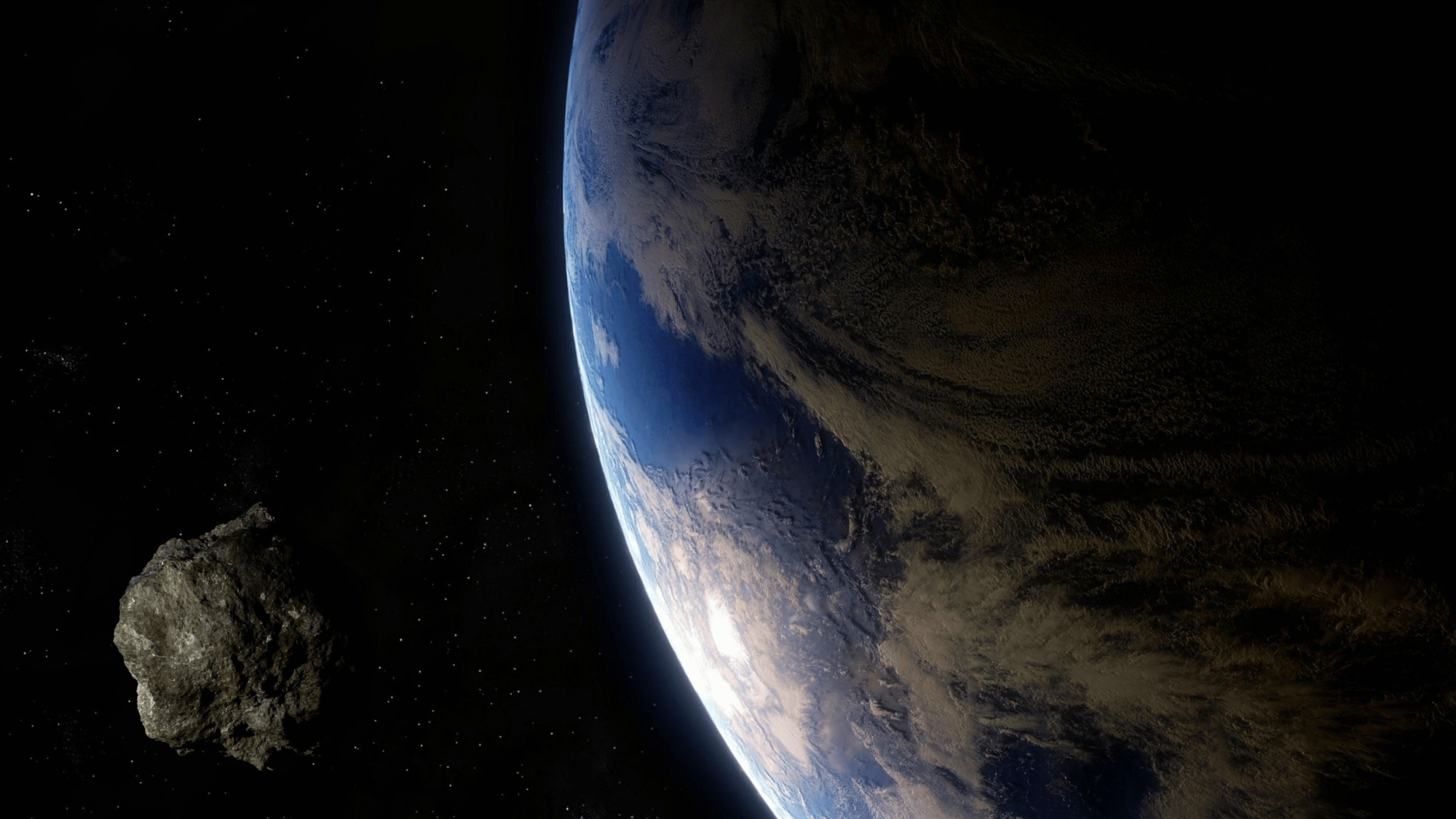
When small pieces of an asteroid break off and enter Earth’s atmosphere, they burn up, creating bright streaks of light called meteors.
People often call them “shooting stars.” If a piece survives the fiery trip and lands on the ground, it’s called a meteorite.
These space rocks are real pieces of asteroids that give us clues about the universe.
8. Some Asteroids Could Hold Valuable Metals
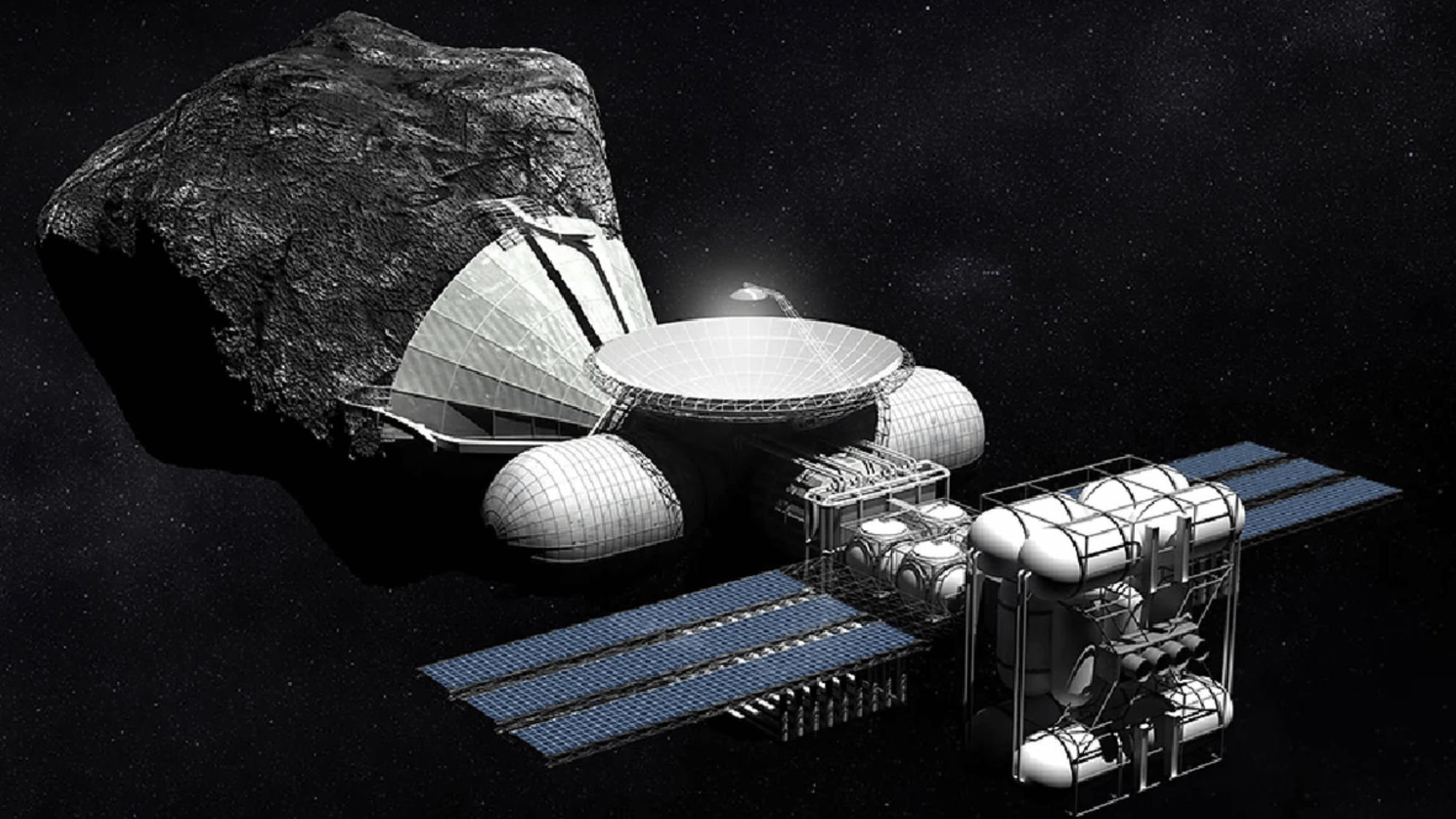
Image Source: The Guardian
Many asteroids are packed with valuable metals like gold, platinum, and nickel. Scientists believe some could be worth billions of dollars!
This has led to the idea of asteroid mining, where future missions could collect metals for use on Earth or in space.
Mining asteroids might one day make building spacecraft and space stations cheaper and more sustainable.
9. Scientists Have Landed on Asteroids
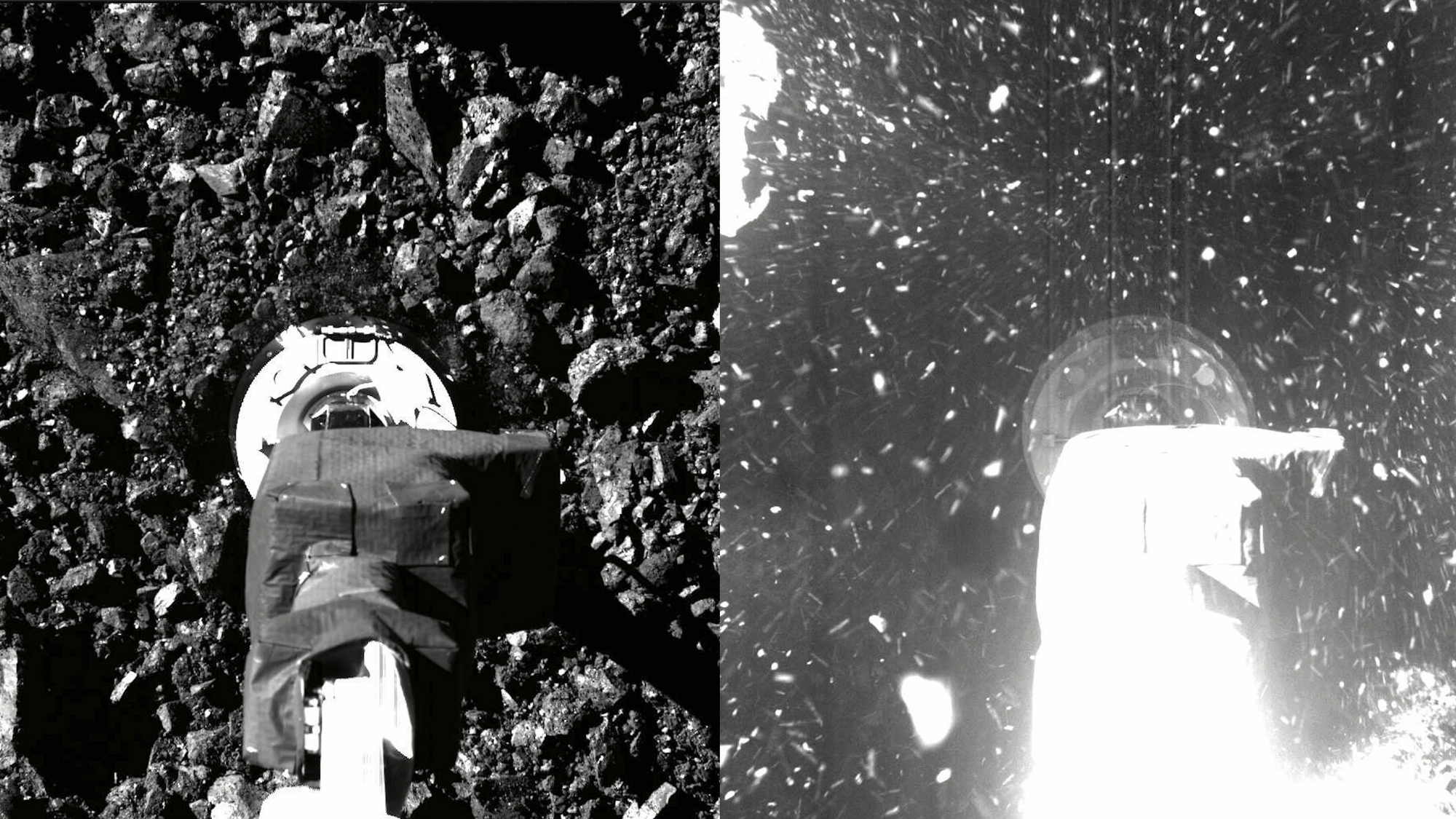
Image Source: NASA
It might sound like science fiction, but scientists have actually landed spacecraft on asteroids!
NASA’s OSIRIS-REx and Japan’s Hayabusa2 missions visited asteroids, collected samples, and brought them back to Earth.
Studying these samples helps scientists learn what asteroids are made of and how the solar system formed. These missions show just how advanced space technology has become today.
10. Some Asteroids Travel in Groups
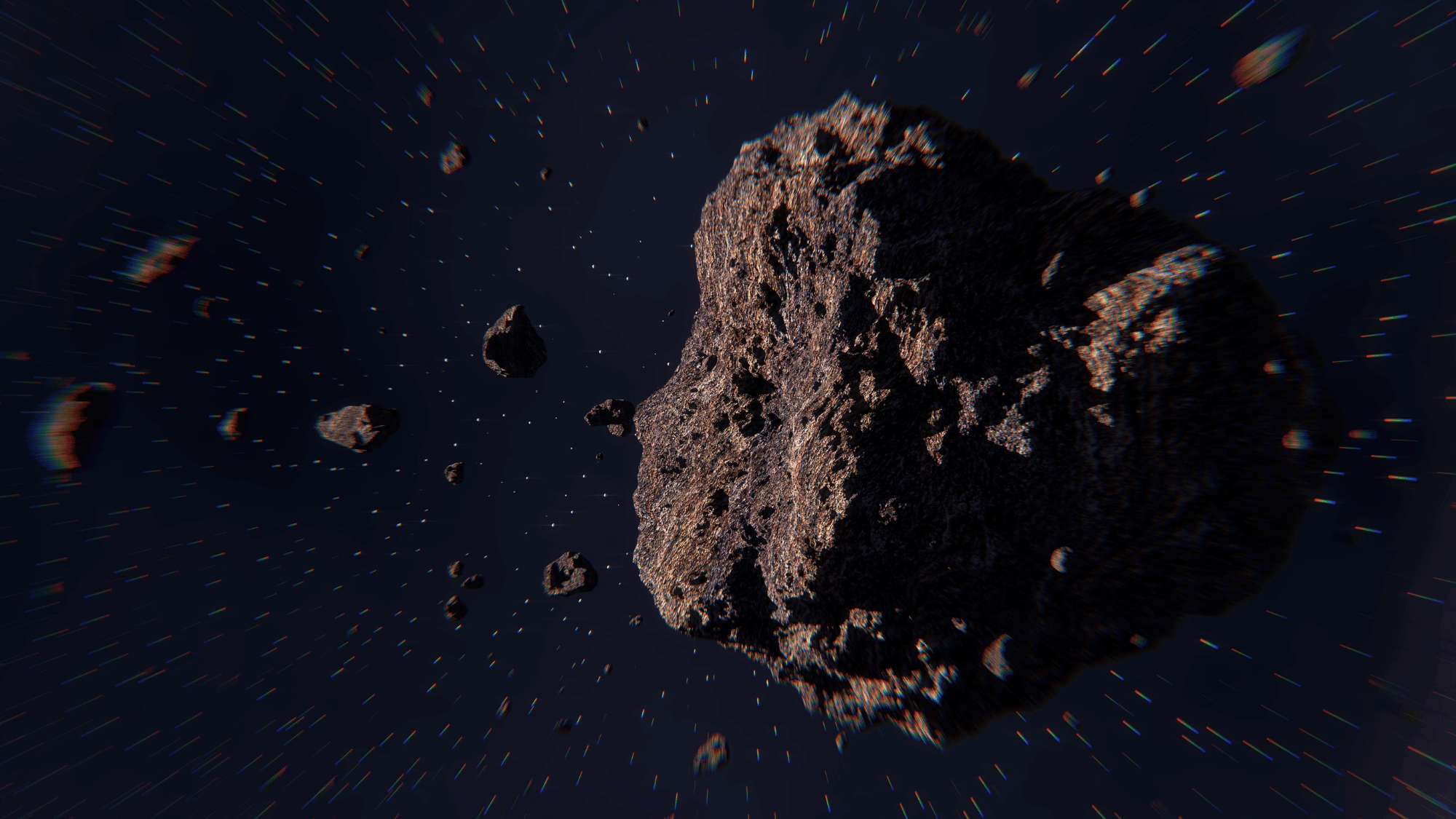
While many asteroids travel alone, some move together in groups called families.
These asteroid families were created when a large asteroid broke apart after a powerful collision. The smaller pieces share similar orbits and materials.
By studying these groups, scientists can learn how impacts shape space over time and how new asteroids are born from older ones.
11. A Giant Asteroid Helped End the Age of Dinosaurs
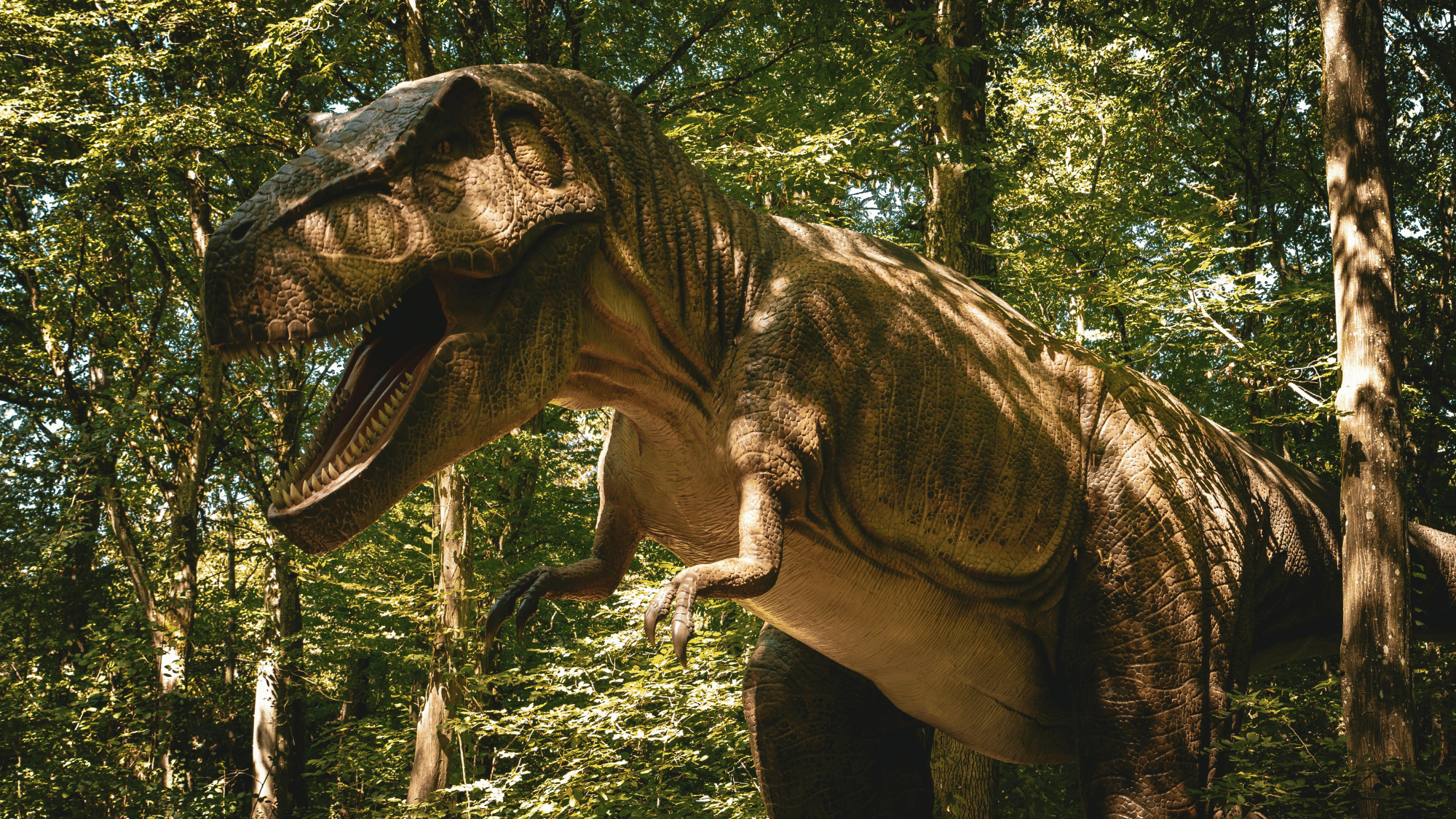
About 66 million years ago, a massive asteroid hit Earth near Mexico.
The impact caused huge fires, tsunamis, and dust clouds that blocked sunlight for months.
This event wiped out most dinosaurs and changed life on Earth forever. The crater left behind, called Chicxulub, still exists today as a reminder of how powerful asteroids can be.
12. Asteroids Have Rings Made of Dust and Small Rocks
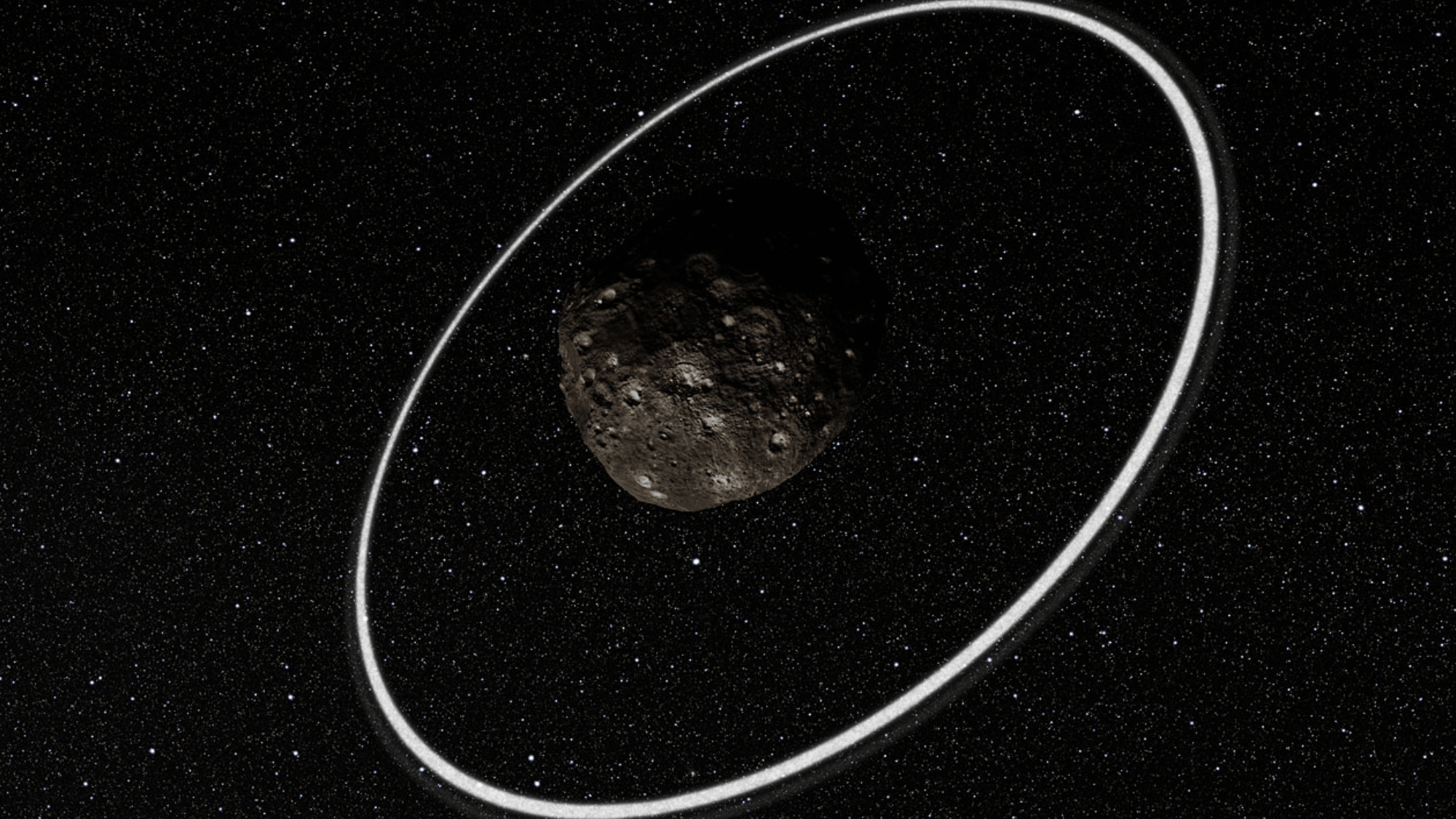
Image Source: Wikipedia
A few rare asteroids have thin rings made of dust and tiny rock particles, kind of like miniature versions of Saturn’s rings.
These rings may have formed after a collision broke off pieces from the asteroid’s surface. The asteroid’s gravity then trapped the debris, creating a faint ring system.
Studying these ringed asteroids helps scientists understand how ring systems form and change over time.
Future Prospects and Challenges of Asteroid Mining
Asteroid mining holds incredible promise for humanity’s future in space. Scientists believe these space rocks contain valuable metals and water that could fuel deep-space missions.
Companies are developing technology to extract resources from asteroids orbiting near Earth.
However, major challenges stand in the way. The cost of sending mining equipment to space remains extremely high.
Legal questions about who owns asteroid resources need answers. Technical problems include landing on spinning rocks and processing materials in zero gravity.
Despite these obstacles, experts predict asteroid mining will become a reality within decades.
Success could provide rare metals for Earth and support permanent space colonies. The race to mine asteroids has just begun.
Conclusion
Asteroids help scientists learn more about the solar system and how it continues to change. They show how space is full of motion, history, and mystery waiting to be understood.
Some asteroids even carry traces of materials that could reveal how water and other elements spread through space.
By observing their paths and changes, scientists gain insight into both the past and future of our solar system.
By studying asteroids, we gain insights into the materials, movement, and mysteries beyond our planet, providing a clearer understanding of the universe around us.



